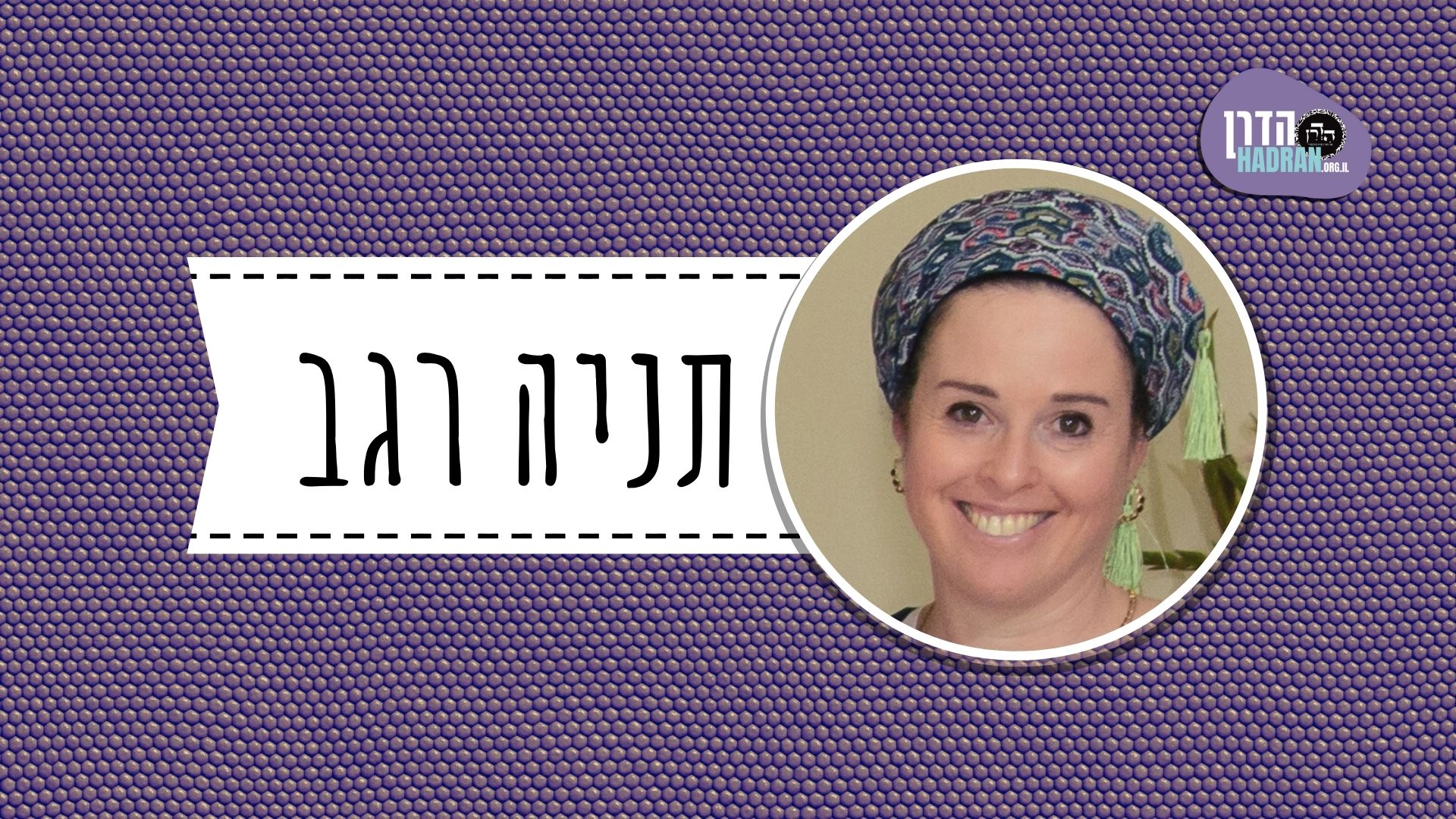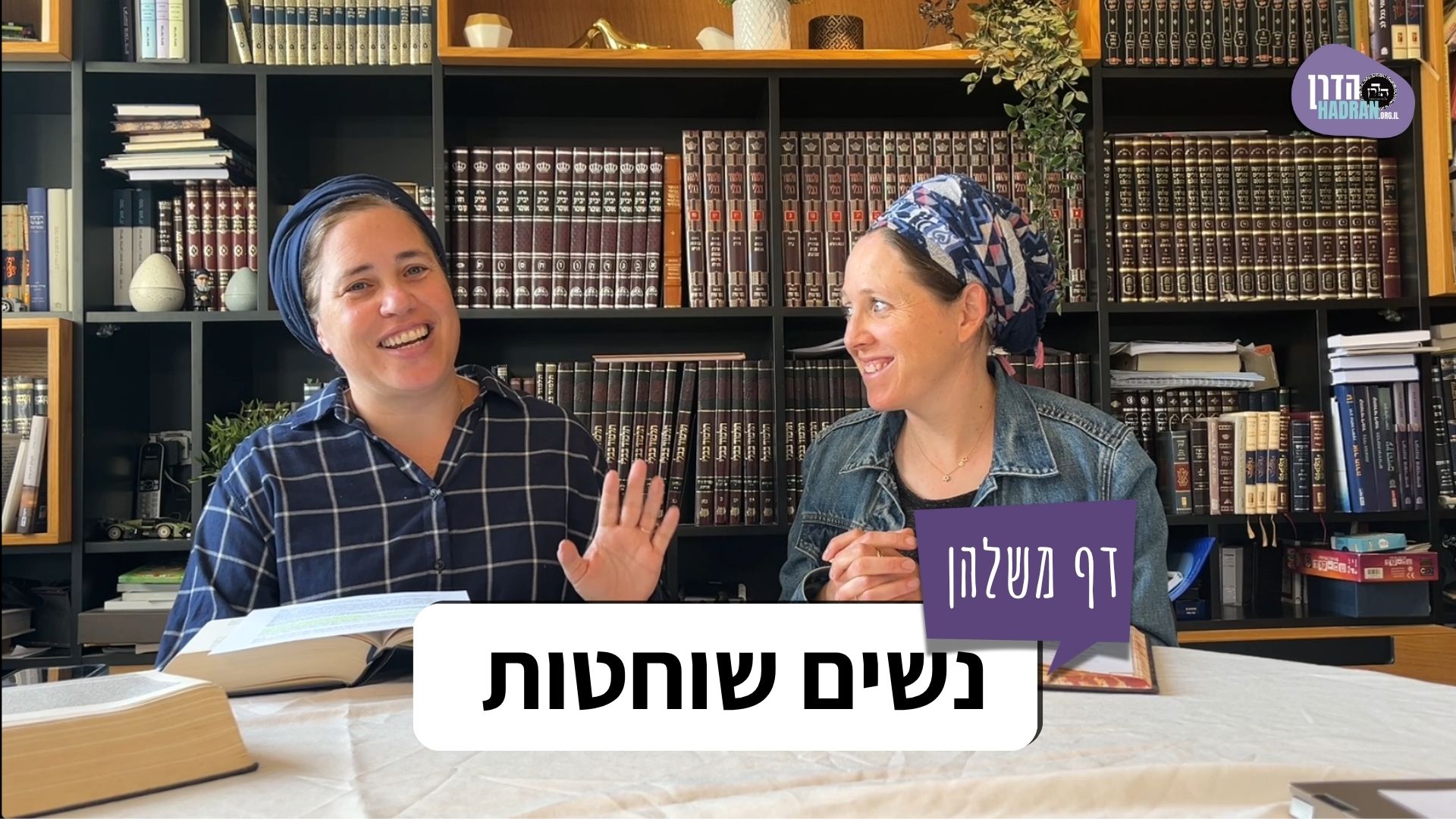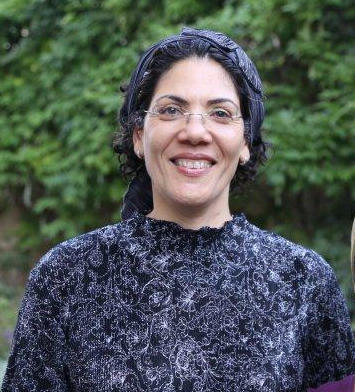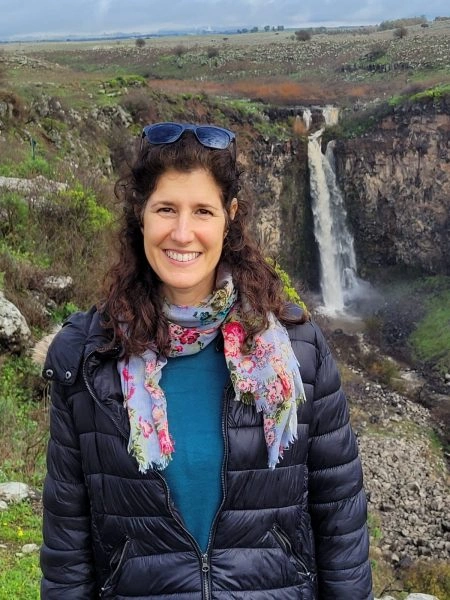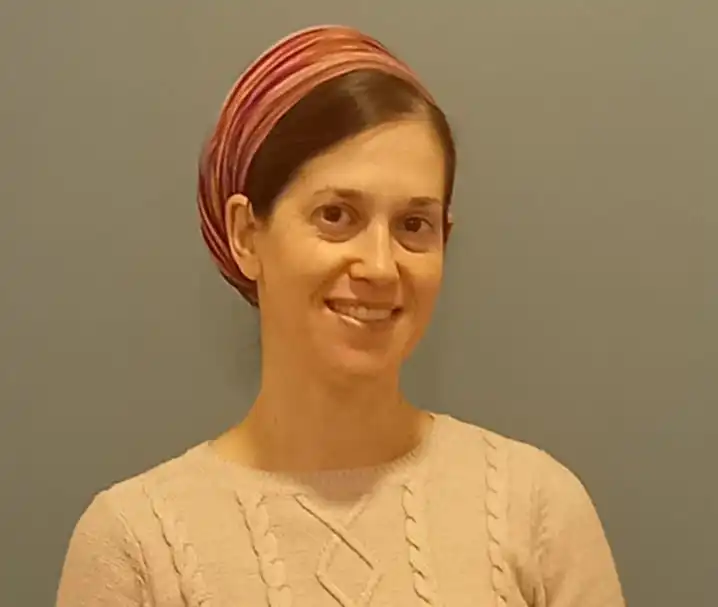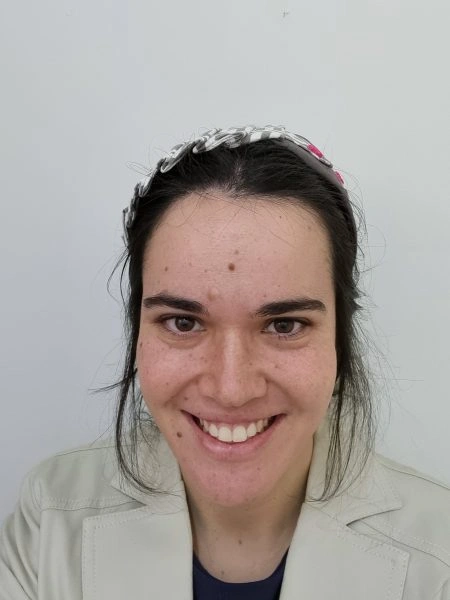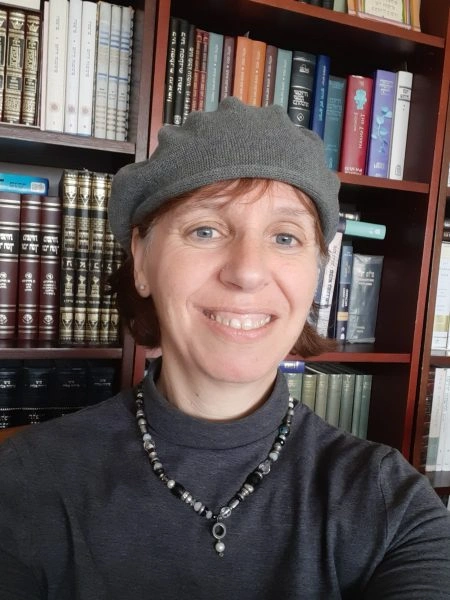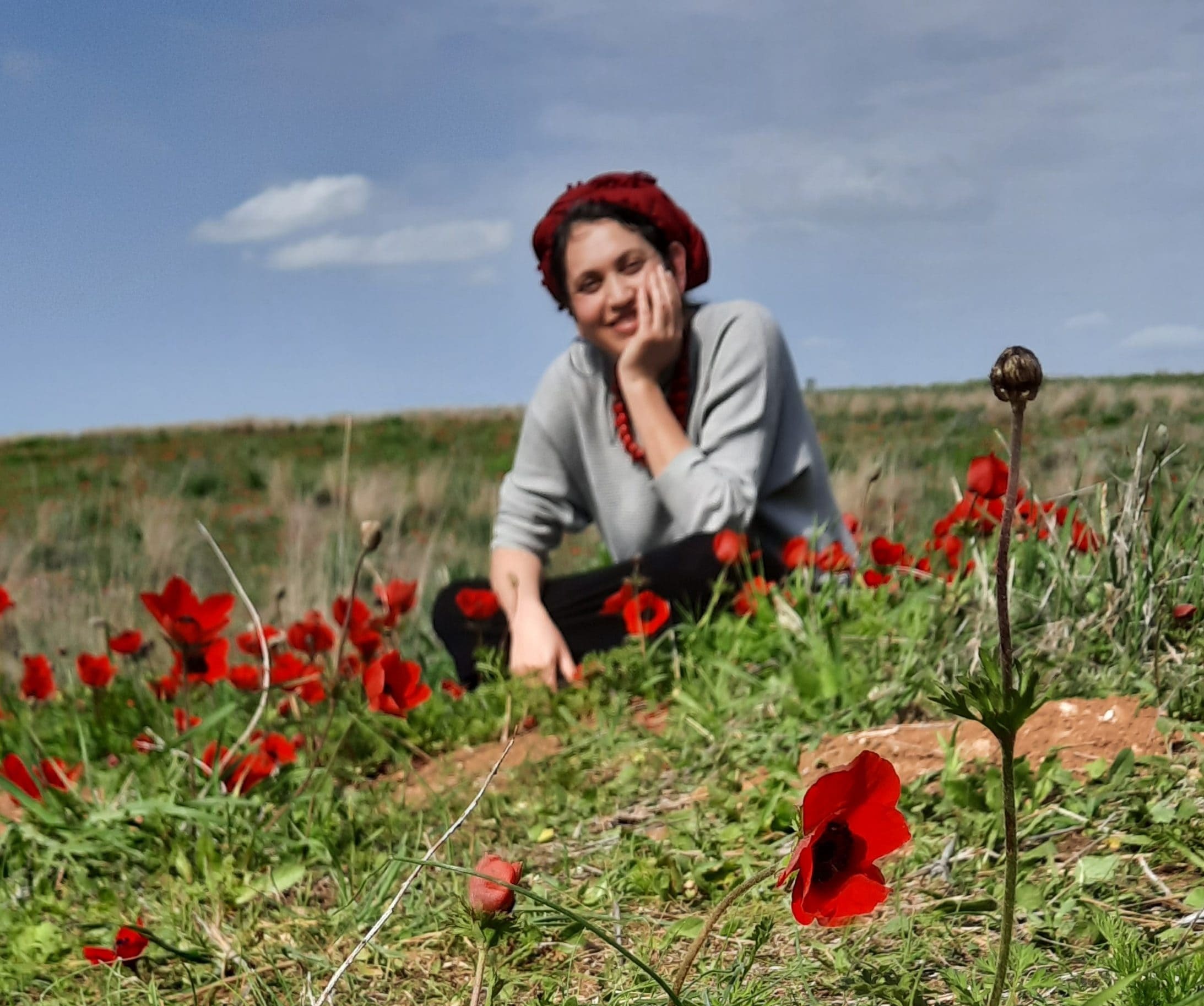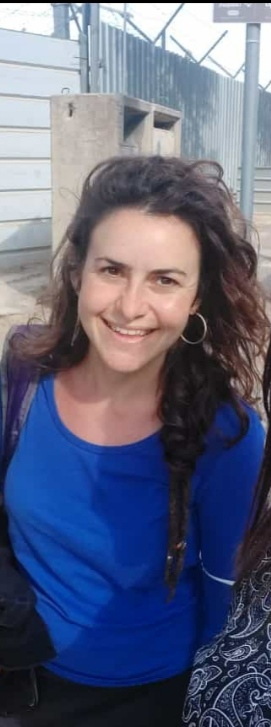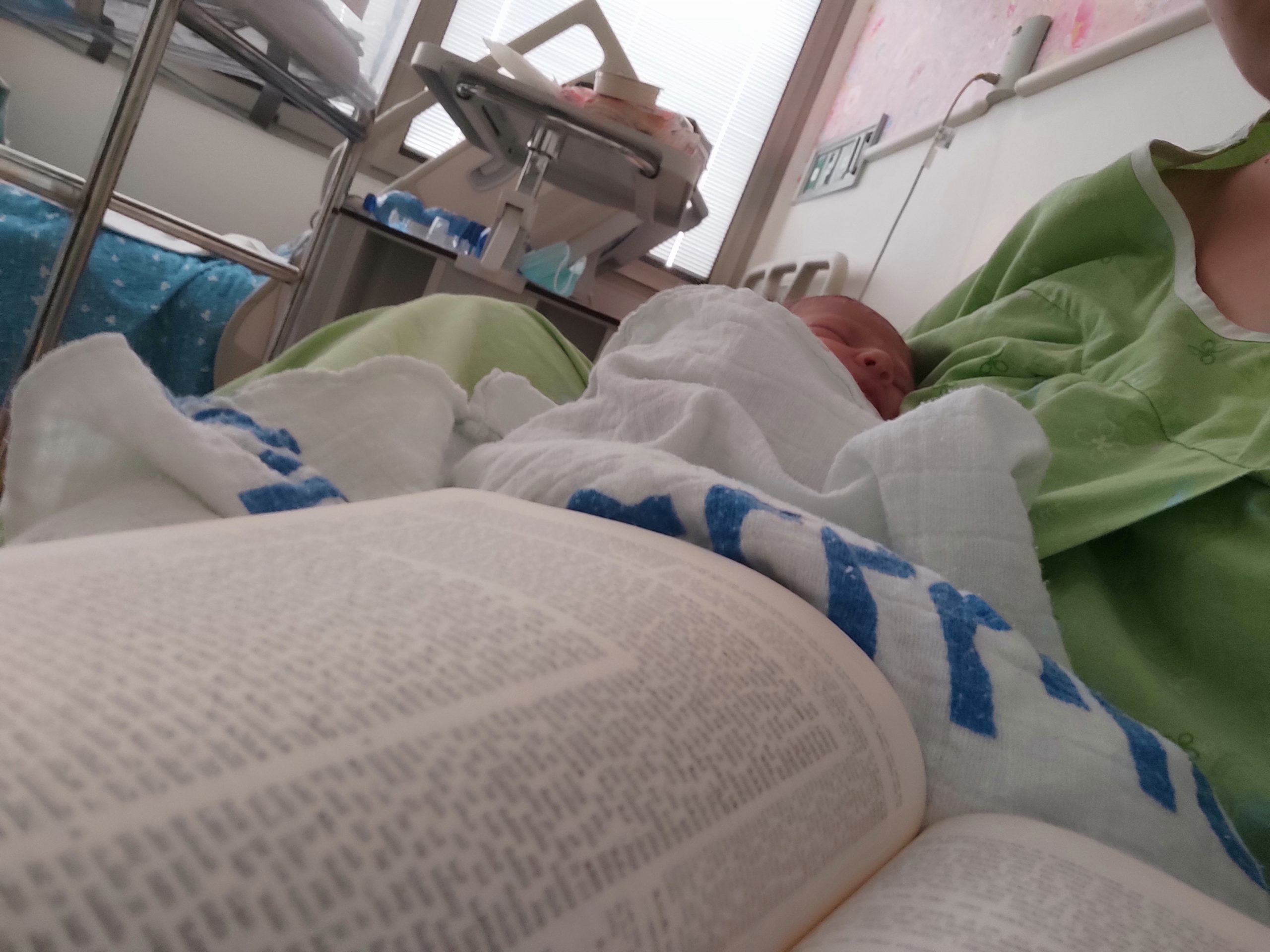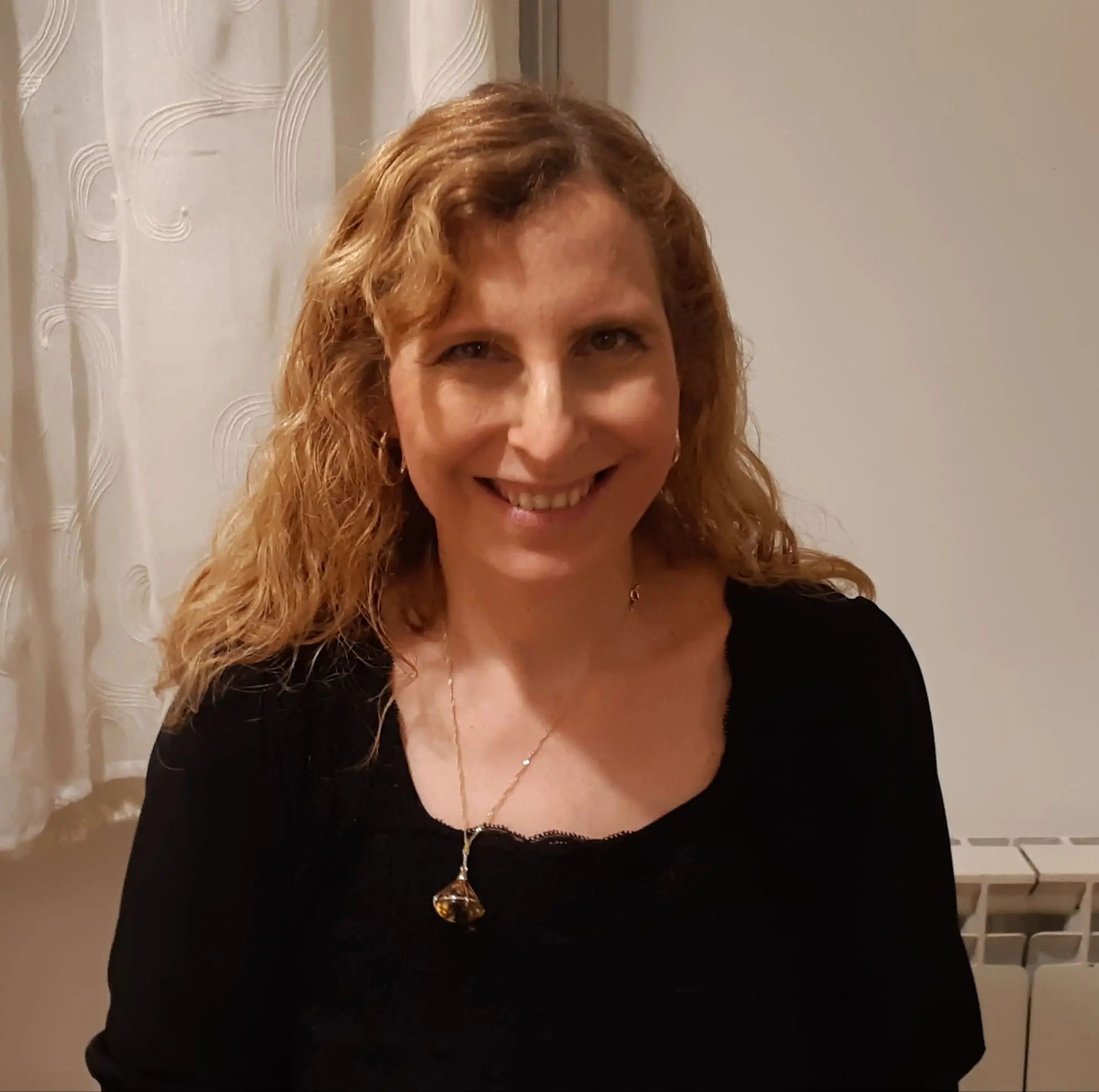מסכת זבחים
מסכת זבחים מוקדש ע”י אסתר קרמר לע”נ אביה מני גרוס.
רוצה להקדיש שיעור?

תקציר
שתי תשובות נוספות מובאות כדי להסביר מדוע במשנה הבהמה אינה מתבטלת בין שאר הבהמות אם הולכים לפי דעת רבי יוחנן, הסובר שרק דברים הנמכרים תמיד ביחידות (במניין) אינם מתבטלים בתערובת. התשובה הראשונה היא שהמשנה הולכת לפי רבי יהושע על פי רבי יהודה במקרה של ליטרא קציעות, המלמד שדברים הנמכרים לעיתים ביחידות אינם מתבטלים. התשובה השנייה היא שבעלי חיים נחשבים חשובים כשהם עדיין בחיים ולכן אינם מתבטלים.
הגמרא ממשיכה לשאול מדוע בהמות המיועדות לקרבנות, כאשר נתערבו עם בהמה האסורה בהנאה, כולן נידונות למיתה. היא מציעה לפתור את הבעיה באמצעות דיני הסתברות/רוב: אפשר להוציא בהמה אחת בכל פעם ולהניח שבכל פעם יצאה מן הרוב המותר. הקושי הוא שעל פי דיני רוב, הדבר הותר רק אם הבהמה כבר הופרשה, ואז ניתן להניח שבאה מן הרוב (כל דפריש מרובא פריש). אבל אם הבהמות נשארות במקומן הקבוע ומוציאים אחת מהן ישירות מן הקבוצה, הדין הוא שהיא או מותרת או אסורה (50/50), ואין רוב שניתן להסתמך עליו (כל קבוע כמחצה על מחצה דמי).
הגמרא מציעה עוד ליצור מצב שבו הבהמות יתפזרו ממקומן הקבוע, כך שלא ייחשבו עוד קבועות, ואז ניתן יהיה להניח שכל אחת באה מן הרוב. רבא מביא שלוש תשובות מדוע פתרון זה אינו מועיל, שתי הראשונות נדחות. התשובה האחרונה היא שאף על פי שבאופן תיאורטי הדבר אפשרי, הדבר נאסר בגזירה, שמא אנשים יעשו כן גם במצב שבו הבהמות נשארות קבועות.
רבא מסיק שמאחר שהבהמה אינה מתבטלת בגזירת חכמים, אם אחת מן הבהמות שבתערובת תוקרב על המזבח – אין היא מכפרת, ויש להביא קרבן חדש במקומה. רב הונא מקשה על הסבר זה משתי משניות בקינים א:ב, ג:א. הקושי נפתר בכך שמבארים שלדעת רבא בעלי חיים ועופות חיים יכולים להידחות מן המזבח, ואילו המשנה סוברת שאינם יכולים להידחות.
כלים
מסכת זבחים
מסכת זבחים מוקדש ע”י אסתר קרמר לע”נ אביה מני גרוס.
כלים
העמקה
רוצה להבין מה באמת קורה מתחת לפני השטח של הסוגיה?
שיעורים, פודקאסטים והרחבות של מיטב המורות שלנו יפתחו לך עוד זוויות וכיווני חשיבה.
חדשה בלימוד הגמרא?
זה הדף הראשון שלך? איזו התרגשות עצומה! יש לנו בדיוק את התכנים והכלים שיעזרו לך לעשות את הצעדים הראשונים ללמידה בקצב וברמה שלך, כך תוכלי להרגיש בנוח גם בתוך הסוגיות המורכבות ומאתגרות.
פסיפס הלומדות שלנו
גלי את קהילת הלומדות שלנו, מגוון נשים, רקעים וסיפורים. כולן חלק מתנועה ומסע מרגש ועוצמתי.
זבחים עג
כׇּל דָּבָר שֶׁיֵּשׁ בּוֹ מִנְיָן – אֲפִילּוּ בִּדְרַבָּנַן לָא בָּטֵיל, וְכׇל שֶׁכֵּן בִּדְאוֹרָיְיתָא.
Any item that is counted, even if it is prohibited by rabbinic law, e.g., teruma of fruit, cannot be nullified, and all the more so items prohibited by Torah law, such as animals that are disqualified for the altar, as in the mishna.
דְּתַנְיָא: לִיטְרָא קְצִיעוֹת שֶׁדְּרָסָהּ עַל פִּי עִיגּוּל, וְאֵינוֹ יוֹדֵעַ בְּאֵיזוֹ עִיגּוּל דְּרָסָהּ; עַל פִּי חָבִית, וְאֵינוֹ יוֹדֵעַ בְּאֵיזוֹ חָבִית דְּרָסָהּ; עַל פִּי כַּוֶּורֶת, וְאֵינוֹ יוֹדֵעַ בְּאֵיזוֹ כַּוֶּורֶת דְּרָסָהּ –
This is as it is taught in a baraita (Tosefta, Terumot 5:11): The baraita discusses three cases, all of which relate to the tithing of figs, which is an obligation by rabbinic law. The first is the case of a litra of untithed dried figs that were pressed in different vessels and shaped into circles, that one placed into a barrel containing tithed figs, and during the process of producing a circle he pressed the figs onto the opening of one of the circular vessels in which the circles are formed, and he does not know into which circular vessel he pressed it. The second is the case in which he recalls that he pressed it on the opening of a barrel containing tithed figs, but he does not know into which barrel he pressed it. The third case is that he recalls that he pressed it on the opening of a straw receptacle containing tithed figs, but he does not know into which receptacle he pressed it. In all of these cases, there is a dispute between Rabbi Meir and Rabbi Yehuda as to the details of a dispute between Rabbi Eliezer and Rabbi Yehoshua.
רַבִּי מֵאִיר אוֹמֵר, רַבִּי אֱלִיעֶזֶר אוֹמֵר: רוֹאִין אֶת הָעֶלְיוֹנוֹת כְּאִילּוּ הֵן פְּרוּדוֹת, וְהַתַּחְתּוֹנוֹת מַעֲלוֹת אֶת הָעֶלְיוֹנוֹת.
Rabbi Meir says that Rabbi Eliezer says: One views the upper layers of possibly untithed dried figs as though they are separate pieces, rather than one unit. And the lower ones, which were there beforehand and have certainly been tithed, nullify the upper ones, as there are enough circles of figs to nullify the upper layer. One does not need to tithe the figs at the top of any of the containers.
רַבִּי יְהוֹשֻׁעַ אוֹמֵר: אִם יֵשׁ מֵאָה פּוּמִּין – יַעֲלוּ, וְאִם לָאו – הַפּוּמִּין אֲסוּרִין וְהַשּׁוּלַיִם מוּתָּרִין.
Rabbi Meir continues: By contrast, Rabbi Yehoshua says: If there are one hundred openings of containers present there, the untithed litra of figs on the opening of one of the containers is nullified in a ratio of one part of untithed figs to one hundred parts of similar, tithed figs. But if not, all of the layers of figs at the openings of the containers are prohibited, i.e., viewed as untithed, as one of them certainly contains an untithed litra that has not been nullified. And the figs on the insides of the vessels are permitted, as the untithed figs certainly did not reach there. This is Rabbi Meir’s version of the dispute.
רַבִּי יְהוּדָה אוֹמֵר, רַבִּי אֱלִיעֶזֶר אוֹמֵר: אִם יֵשׁ שָׁם מֵאָה פּוּמִּין – יַעֲלוּ, וְאִם לָאו – הַפּוּמִּין אֲסוּרִין וְכוּ׳.
The baraita continues: Rabbi Yehuda says that Rabbi Eliezer says: If there are one hundred openings of containers with tithed figs present there, in addition to the untithed figs, it is nullified in the one hundred. But if not, all of the layers of figs at the openings of the containers are prohibited, i.e., viewed as untithed, as one of them certainly contains an untithed litra that has not been nullified. And the figs on the insides of the vessels are permitted, as the untithed figs certainly did not reach there.
רַבִּי יְהוֹשֻׁעַ אוֹמֵר: אֲפִילּוּ יֵשׁ שָׁם שְׁלֹשָׁה מֵאוֹת פּוּמִּין – לֹא יַעֲלוּ.
Rabbi Yehuda continues his statement: By contrast, Rabbi Yehoshua says: Even if there are three hundred openings present there, the layer at the top of the container is not nullified. This litra cannot be nullified in any manner, as Rabbi Yehoshua maintains that even an item occasionally sold by unit, such as a circle of dried figs, can never be nullified.
דְּרָסָהּ בְּעִיגּוּל, וְאֵינוֹ יוֹדֵעַ בְּאֵיזֶה מְקוֹם בְּעִיגּוּל דְּרָסָהּ – אוֹ לִצְפוֹנָהּ אוֹ לִדְרוֹמָהּ, דִּבְרֵי הַכֹּל יַעֲלוּ.
Rabbi Yehuda continues: But if one pressed the litra of dried figs into a circular vessel along with other dried figs, but does not know onto which place, i.e., which side, of the circular vessel he pressed it, whether, e.g., to its northern side or to its southern side, in this case, as the prohibited litra is not located in a defined place and it cannot be distinguished from the others, it is not considered an item of significance, and everyone agrees that it is nullified. Accordingly, the ruling of the mishna that animals that are disqualified from being sacrificed are not nullified is in accordance with the opinion of Rabbi Yehoshua as stated by Rabbi Eliezer, that an item occasionally sold by unit is not nullified. Rabbi Yoḥanan’s statement, that only an item whose manner is exclusively to be counted is significant and cannot be nullified, is in accordance with the opinion of Rabbi Meir.
רַב אָשֵׁי אָמַר: אֲפִילּוּ תֵּימָא רַבָּנַן, בַּעֲלֵי חַיִּים חֲשִׁיבִי וְלָא בָּטְלִי.
Rav Ashi says: You may even say that the mishna is in accordance with the opinion of the Rabbis, i.e., Rabbi Meir, who maintains that an item that is not always counted is nullified in a majority. The reason is that living creatures are significant, and therefore they are not nullified.
וְנִמְשׁוֹךְ וְנַקְרֵב חַד מִינַּיְיהוּ, וְנֵימָא: כֹּל דְּפָרֵישׁ – מֵרוּבָּא פָּרֵישׁ! נִמְשׁוֹךְ?! הָוֵה לֵיהּ קָבוּעַ,
§ The Gemara raises a difficulty with the ruling of the mishna that all of the animals are prohibited. And let us draw out and sacrifice one animal from the mixture, and say, i.e., apply the principle: Any item that separates from a group is assumed to have separated from the majority. Accordingly, the animal that was sacrificed is presumed to be fit. One can continue in this manner until only two animals from the mixture remain. The Gemara questions this suggestion: Should we draw out an animal from the mixture? But this is the removal of an item from its fixed place,
וְכׇל קָבוּעַ כְּמֶחֱצָה עַל מֶחֱצָה דָּמֵי! אֶלָּא נִיכְבְּשִׁינְהוּ (דְּנָיְידִי) [דְּנִינַיְידָּן], וְנֵימָא: כֹּל דְּפָרֵישׁ – מֵרוּבָּא פָּרֵישׁ!
and there is a principle that anything fixed is considered as though it was half and half, i.e., equally balanced, and it remains a case of uncertainty. The Gemara clarifies its suggestion: Rather, let us push the intermingled animals so that they all move from their places, which negates the fixed status of the prohibited item. And accordingly, let us say with regard to each animal: Any item that separates from a group is assumed to have separated from the majority.
אָמַר רָבָא: הַשְׁתָּא דַּאֲמוּר רַבָּנַן לָא נִיקְרַב, גְּזֵירָה שֶׁמָּא יָבֹאוּ עֲשָׂרָה כֹּהֲנִים בְּבַת אַחַת וְיַקְרִבוּ.
Rava says: Now that the Sages have said that we do not sacrifice any of them, this is evidently a rabbinic decree, lest ten priests come simultaneously and sacrifice all the animals in the mixture together, not one at a time. Therefore, the fact that there could be a method to permit the animals is immaterial.
אֲמַר לֵיהּ הָהוּא מֵרַבָּנַן לְרָבָא: אֶלָּא מֵעַתָּה, מְגִיסָא אֲסִירָא?!
One of the Sages said to Rava: If that is so, do you hold that the large basin [megisa] on which the sacrificial portions of the animal are placed is prohibited? In other words, is it possible that these animals, which were slaughtered when they were initially declared permitted after being separated from their places, could later become prohibited again when their sacrificial portions are ready to be burned on the altar?
מִשּׁוּם שֶׁמָּא יָבֹאוּ עֲשָׂרָה כֹּהֲנִים בְּבַת אַחַת וְיִקְחוּ. בַּעֲשָׂרָה כֹּהֲנִים בְּבַת אַחַת מִי אֶפְשָׁר?! אֶלָּא אָמַר רָבָא: מִשּׁוּם קָבוּעַ.
Rava responded that he did not mean there is a concern that ten priests would sacrifice their sacrificial portions simultaneously. Rather, the decree is due to the concern lest when the animals move, ten priests will come simultaneously and take them from the mixture. As all or most of the animals were separated simultaneously in this case, it is assumed that the prohibited animal is among those that were separated. The Gemara asks: Is it possible for ten priests to take these scattered animals simultaneously? Rather, Rava says that one may not allow the animals to be sacrificed by moving them due to a decree that if this is allowed, one may, in another circumstance, allow them to be sacrificed even when they are taken from a fixed location.
אָמַר רָבָא: הַשְׁתָּא דְּאָמְרִי רַבָּנַן לָא נַקְרֵיב, אִי (נַקְרֵיב) [מַקְרֵיב] – לָא מְרַצֵּי. אֵיתִיבֵיהּ רַב הוּנָא בַּר יְהוּדָה לְרָבָא: חַטָּאת שֶׁנִּתְעָרְבָה בְּעוֹלָה, וְעוֹלָה שֶׁנִּתְעָרְבָה בְּחַטָּאת, אֲפִילּוּ אַחַת בְּרִיבּוֹא – יָמוּתוּ כּוּלָּן.
§ Rava said: Now that the Sages say in the mishna that we do not sacrifice any of the animals, if we did sacrifice one of them, the offering does not effect acceptance for the owner. Rav Huna bar Yehuda raised an objection to Rava from a mishna (Kinnim 22b): With regard to a bird sin offering that was intermingled with a bird burnt offering, or a bird burnt offering that was intermingled with a bird sin offering, even if the ratio is one in ten thousand, they all must die, as there is no remedy for these birds. It is not known which is which, and their sacrificial rites are performed differently.
בַּמֶּה דְּבָרִים אֲמוּרִים – בְּכֹהֵן נִמְלָךְ; אֲבָל בְּכֹהֵן שֶׁאֵין נִמְלָךְ, עֲשָׂאָן לְמַעְלָה – מֶחֱצָה כָּשֵׁר וּמֶחֱצָה פָּסוּל.
The mishna continues: In what case is this statement said? In the case of a priest who consulted the court to ask how he should proceed. But in the case of a priest who did not consult the court, but sacrificed them of his own accord, if there was an equal number of bird sin offerings and burnt offerings, and he performed all their sacrificial rites above the red line that circumscribes the altar at its midpoint, as required for a burnt offering, half of the birds are fit, as in any event the burnt offerings were sacrificed properly, and half are unfit.
לְמַטָּה – מֶחֱצָה כָּשֵׁר וּמֶחֱצָה פָּסוּל. אַחַת לְמַטָּה וְאַחַת לְמַעְלָה – (שְׁנֵיהֶן) [שְׁתֵּיהֶן] פְּסוּלוֹת, שֶׁאֲנִי אוֹמֵר: חַטָּאת קְרֵיבָה לְמַעְלָה וְעוֹלָה קְרֵיבָה לְמַטָּה.
Likewise, if he performed all of their sacrificial rites below the red line, half are fit, as in any event the sin offerings were sacrificed properly, and half are unfit. If he performed the sacrificial rites of one of the birds below the red line and one of the birds above the red line, they are both unfit, as I say that the sin offering was sacrificed above the red line and the burnt offering was sacrificed below. This mishna proves that an offering that is prohibited to be sacrificed as part of a mixture is fit after the fact, which contradicts the statement of Rava.
אֶלָּא הָא כְּמַאן דְּאָמַר בַּעֲלֵי חַיִּים נִדְחִין, הָא כְּמַאן דְּאָמַר בַּעֲלֵי חַיִּים אֵינָן נִידְחִין.
Rather, Rava would claim that this matter depends on a dispute between tanna’im. This statement of Rava is in accordance with the opinion of the one who says that living creatures that become disqualified are permanently rejected from being sacrificed on the altar, and this animal was rejected when it was part of the mixture. That ruling of the mishna in Kinnim is in accordance with the opinion of the one who says that living creatures are not permanently rejected from the altar. Therefore, if the animal was sacrificed it is fit.
הֲרֵי שְׁחוּטִין – דִּלְכוּלֵּי עָלְמָא נִידְחִין;
The Gemara raises a difficulty: But there is the case of slaughtered offerings that are rejected from the altar, concerning which everyone agrees that these are rejected. Even those who say that living creatures generally are not rejected agree that, in this case, they should be rejected.

